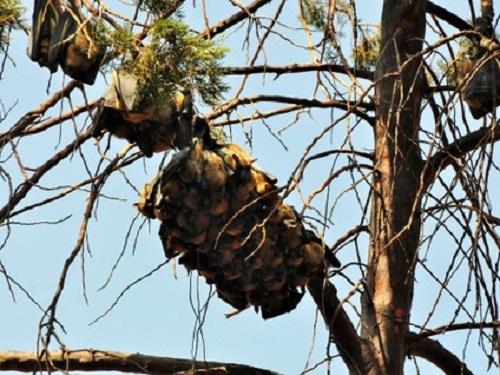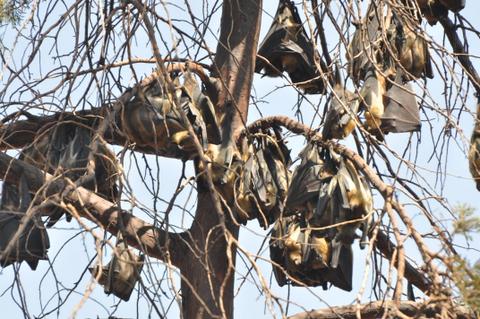Jean Claude Tumushime
Other projects
18 Jul 2019
Restoring Roost Sites for Straw-Coloured Fruit Bats Eidolon Helvum and Changing Negative Public Perceptions about Bats in Kigali and Neighboring Cities, Rwanda
10 Dec 2021
Securing the Future of Straw-Coloured Fruit Bats Amidst COVID-19 through Community Outreach, Communication and Habitat Restoration - Kigali City & Rwamagana
The locations of straw-coloured fruit bats at the project working sites shall be identified by mapping roosting sites of this species; once mapped, we shall estimate the population size of E. helvum, and the information will be shared with all stakeholders in order to protect these areas where bats are found. Through outreach and educational programs to local communities, opinion leaders and schools about bat conservation, we will create awareness about the importance of bats in the ecosystem and this will help in sustainable bat conservation in areas where straw-coloured fruit bats are found. In addition to this, the project will gather views as regards perceptions of local people about bats and will help to clear the negative perception about bats. By involving all stakeholders and local leaders in our working areas, guidelines for the conservation of straw-coloured fruit bats will be developed and shared.

E. helvum hanging on tree branches at Camp Kigali. © Jean Claude Tumushime.
Conservation will help in mapping and monitoring roosting sites of Straw-coloured fruit bats of Kigali city and Rwamagana, it will also help in estimating its population size. The information generated will be used to know bat inventory and in developing conservation strategies for bats in general and Straw-coloured fruit bats in particular. Through public education and community outreach programmes, the project will collect views as regards perceptions of communities about bats, document threats that the bats and their habitats face in Kigali City and Rwamagana District, raise public awareness on the role bats play in ecosystems, work with local people to restore degraded habitats around these two E. helvum roost sites via planting of potential roost trees, work with tourism, wildlife, environmental and natural resources agencies to protect the bats roost sites, provide the basic knowledge, create understanding and generate interest among school children about the roles and importance of bats in the ecosystem.

1bdc9a-1A colony of E.helvum hanging in cypress tree at Camp Kigali-Kigali city. © Jean Claude Tumushime